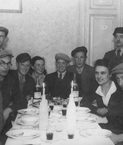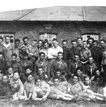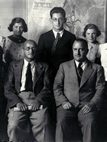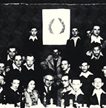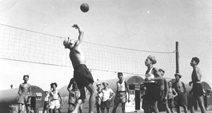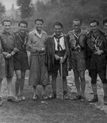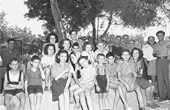Youth movements established overt and covert entities that were important for the lives of Jewish communities under Nazi occupation. Since the movements’ main purpose—emigration to Palestine—was blocked, they turned to education and social relief activities. They established clandestine settings that smuggled Jews across borders and engaged in partisan warfare. After the war, they figured importantly in gathering children and adolescents who had survived, taking care of them, and bringing them to the Land of Israel. The ramified correspondence among members of Zionist youth movements in the occupied areas and the satellite countries, representatives of pioneering movements in Palestine who were seated in Constantinople and Geneva, and representatives of the Jewish Agency and the World Jewish Congress headquartered in Geneva was a main source of information from Palestine. Up to 1942, the letters dealt with the difficulties of survival, the state of health, and requests for parcels of food and clothing. The authors of many letters sought assistance in obtaining entrance visas to South America. From 1943 onward, most of the correspondence, written in code, expressed powerlessness and reported on deportations and murder.
Most correspondence in the Massuah collection took place among members of Hanoar Hazioni in Poland generally and Będzin particularly.


